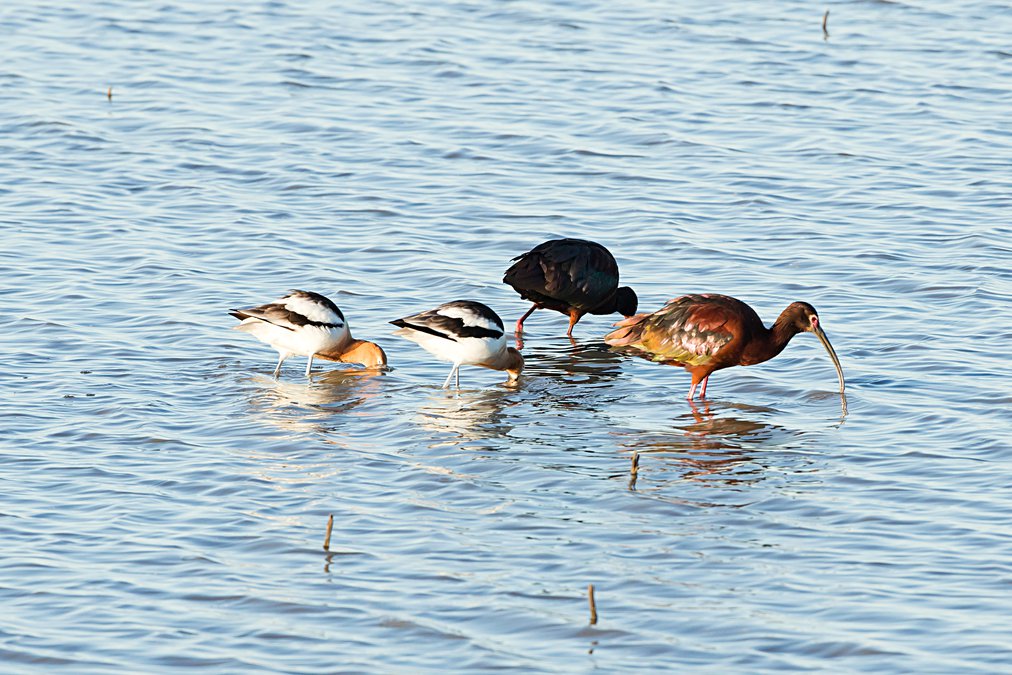



There is a lot going on in the marsh! Duck season is open. Hunters are camped at the site west of headquarters. It is worth a drive-by just to see the gear they bring. Lots of toys are important to waterfowl hunters. Look at the license plates—we have hunters from a lot of different places. The motels are busy and the restaurants are glad to see the customers. There is a lot of pressure on these ducks and geese—our tourism people have been busy. I suspect that the commissioners will look at this situation someday—a lot of states require an application for a time frame (pheasants in South Dakota for instance) to hunt. I wonder about the sustainability of our marsh to handle this many hunters. We also have some very talented and dedicated outfitters around the marsh. There is also the issue of local guys having to struggle to hunt. There is always something that needs tweaking—I have a lot of faith in our department and their sincere concern for our invaluable resources. Brace yourself for the migrating Whooping Cranes in the near future that will shut things down if they decide to grace us with their presence. I have my big lens on standby for their arrival.
One of the “staples” in our marsh is the White-faced Ibis. This is a common bird that most folks can’t name. They have a cousin—the Glossy Ibis—that shows up on occasion. They are somewhat shy and really fun to watch! They are not selective about who they hang with—I see them feeding and foraging with egrets, ducks, geese, other shorebirds larger and smaller than themselves, and coots (we really have a gob of coots in the marsh—they almost plow the ground with their running across the water—I’m always amazed that they are able to fly and migrate). The colors of the ibis are just stunning. It is hard to get a good image that does justice to their iridescent plumage — you have to get the light just right to show the colors properly. They have the bill of the century that is long and curved—Avocets have a great bill also—and they also stir the bottom to get food. Ibis can be solitary or in groups—but they don’t seem to have a group mentality in their feeding efforts. If you compare their feeding processes to Avocets you will see a significant difference. The Avocets will form a group and wade forward in unison as they combine their efforts to stir the bottom of the marsh for food. Ibis go about their feeding processes with other birds close by — but there is no concerted effort to join forces. Each bird has its own plan. They feed in the grassy areas and the marsh—you can see lots of these birds. They breed from Oregon to Texas and Louisana, so they travel a bit. They winter a lot of places—Texas, Southern California, Louisana, and all the way to El Salvador. A very common/uncommon bird. I have a LOT of pictures of Ibis on my computer. I don’t have enough... Ha!
Be careful and safe this duck season. The weather has prevented Jason and crew from opening up more space, so be observant of other hunters and folks close to your setup. Don’t rush, be kind, say “hi” when you can. I wish everyone a successful safe season. Don’t disturb our emergency rooms with “marsh mistakes”—they have plenty to do without any blood or beer on their newly scrubbed floors!
And---- don’t make a mistake with a Whooper!
Doctor Dan Witt is a retired physician and nature enthusiast.





